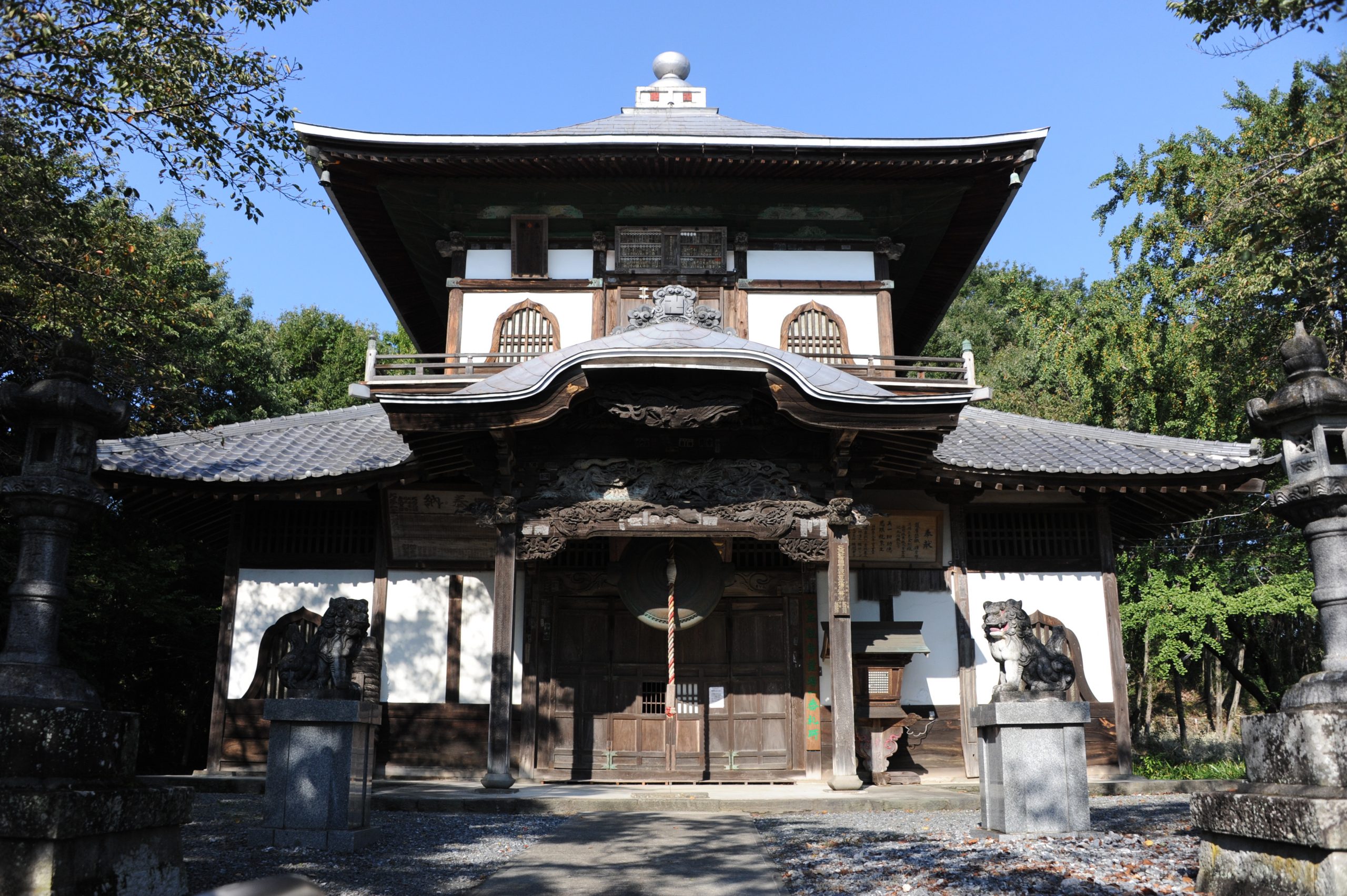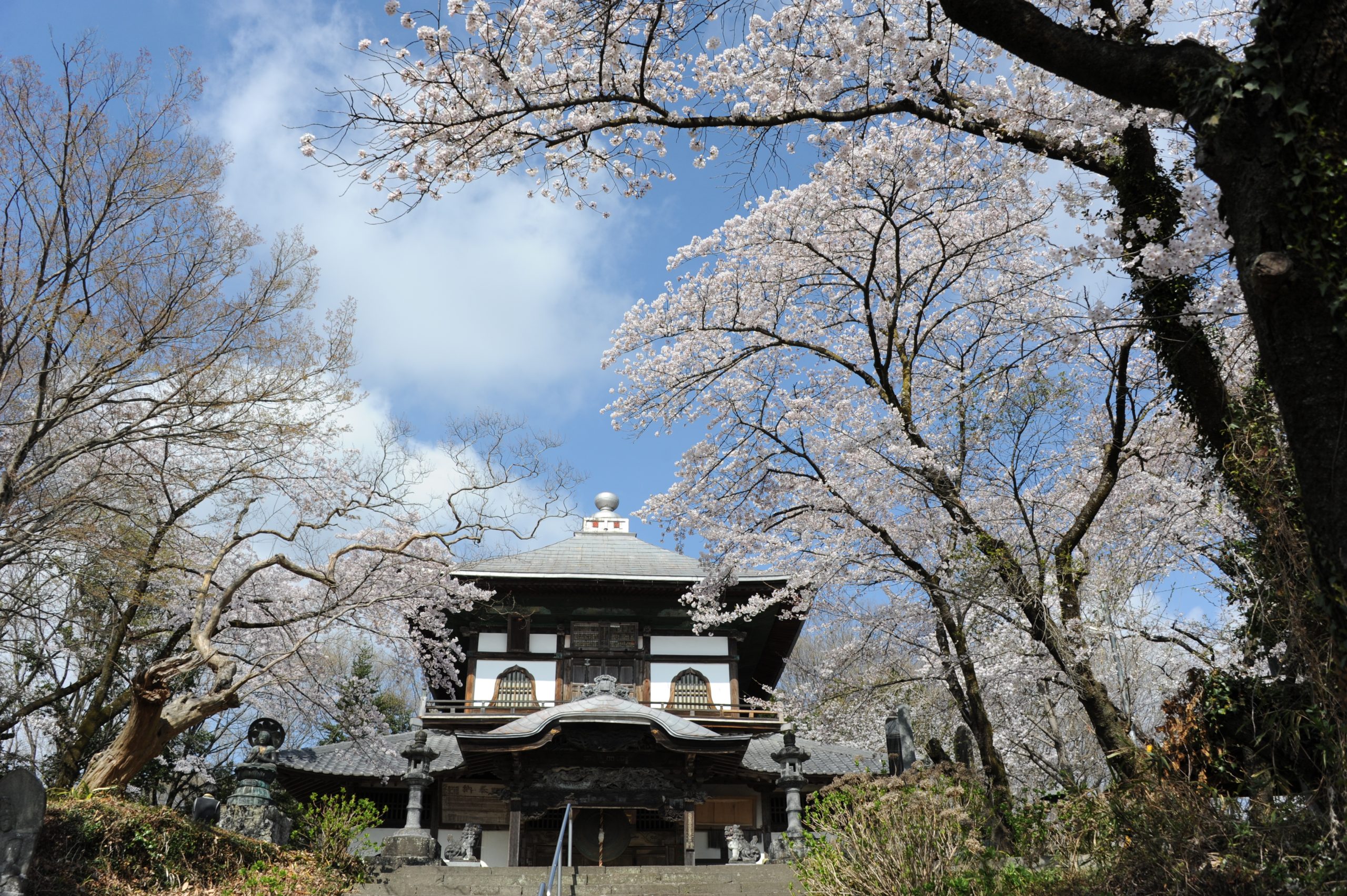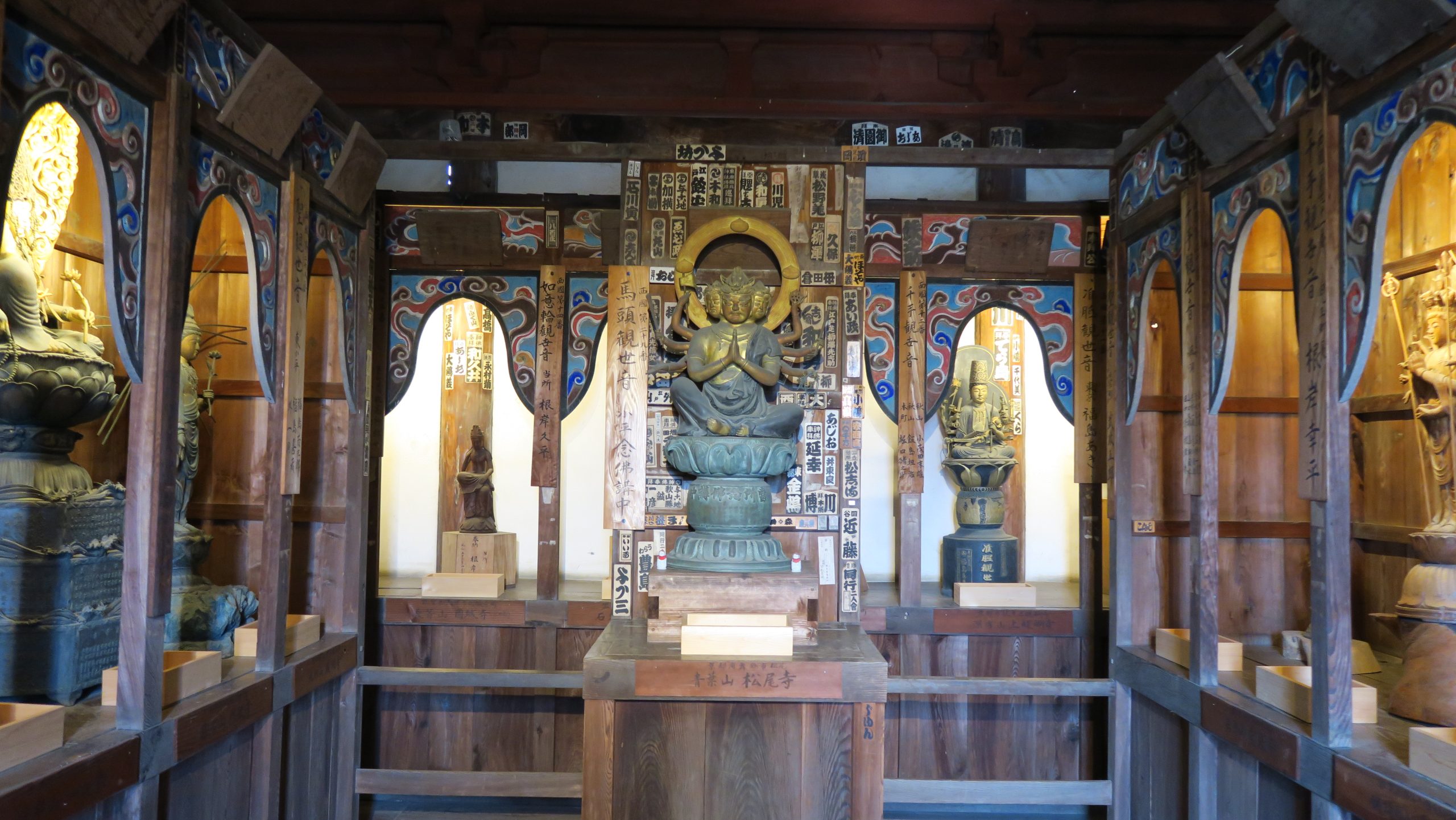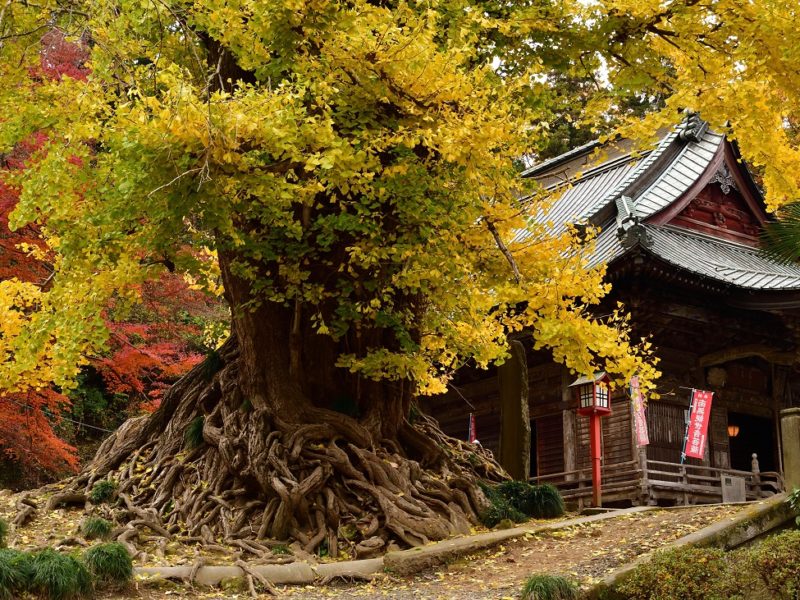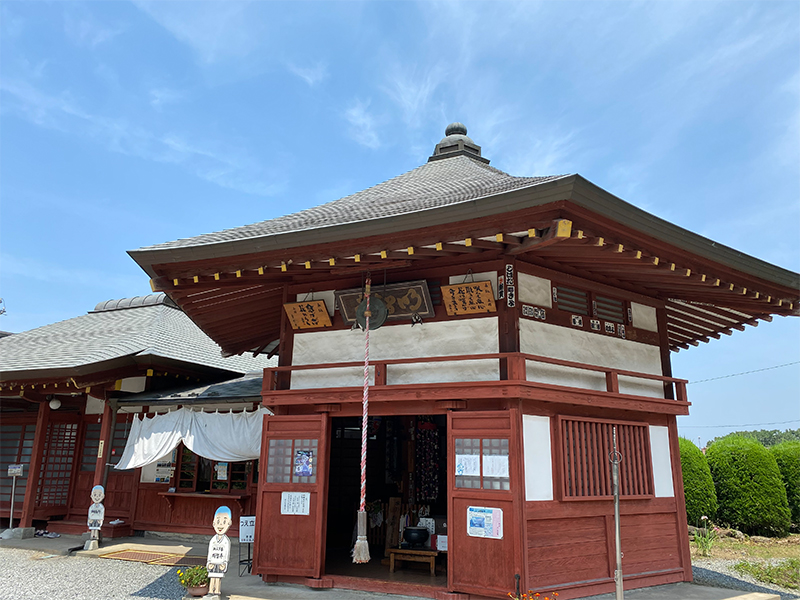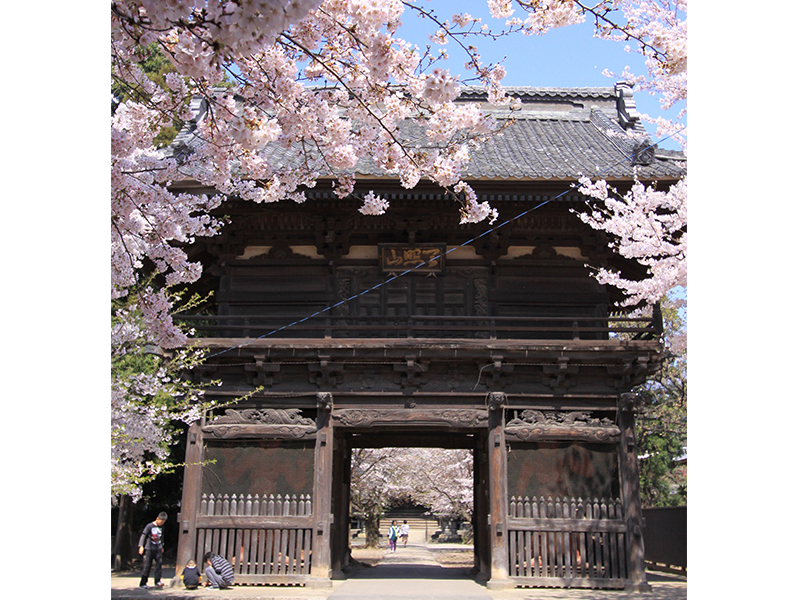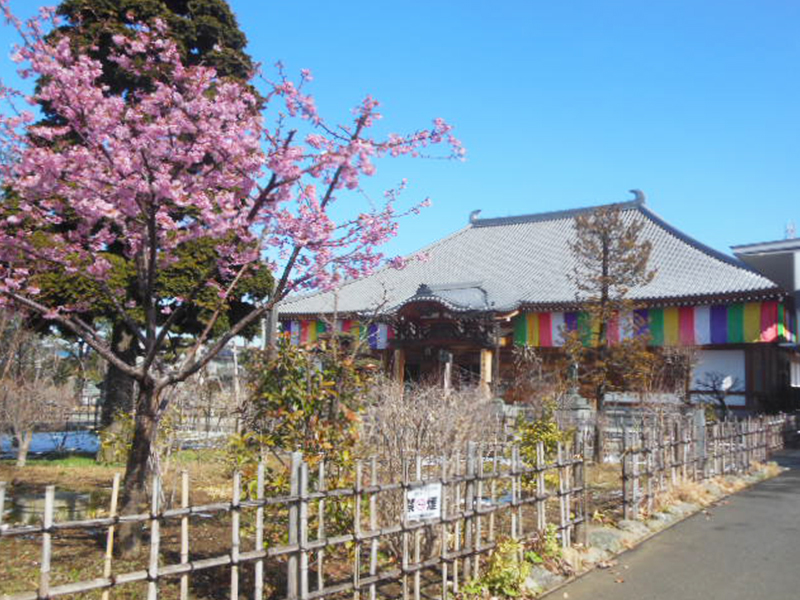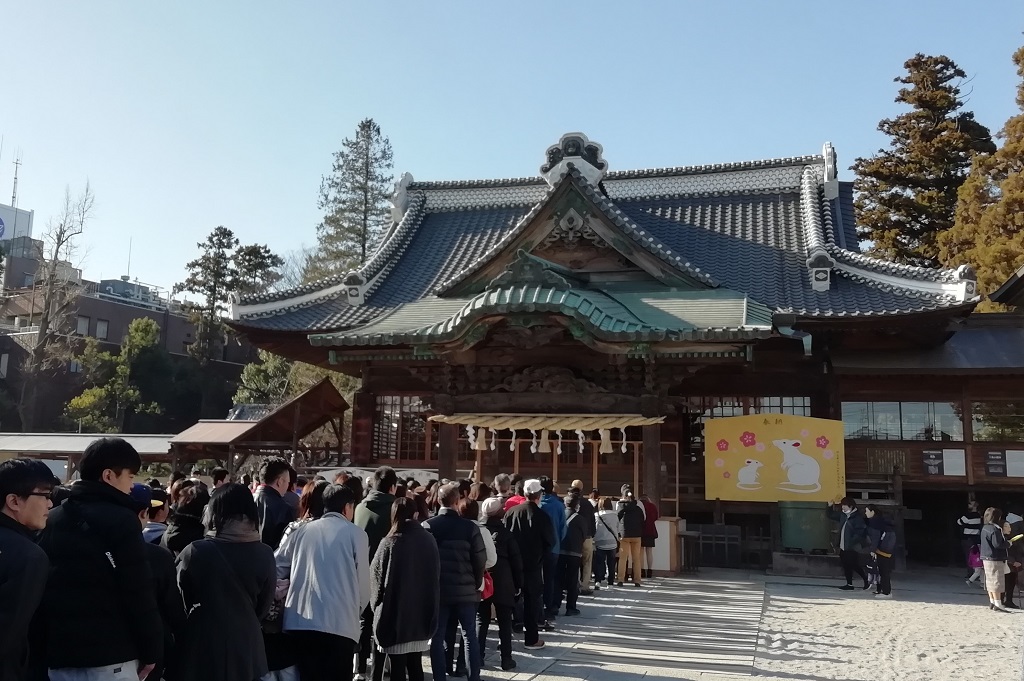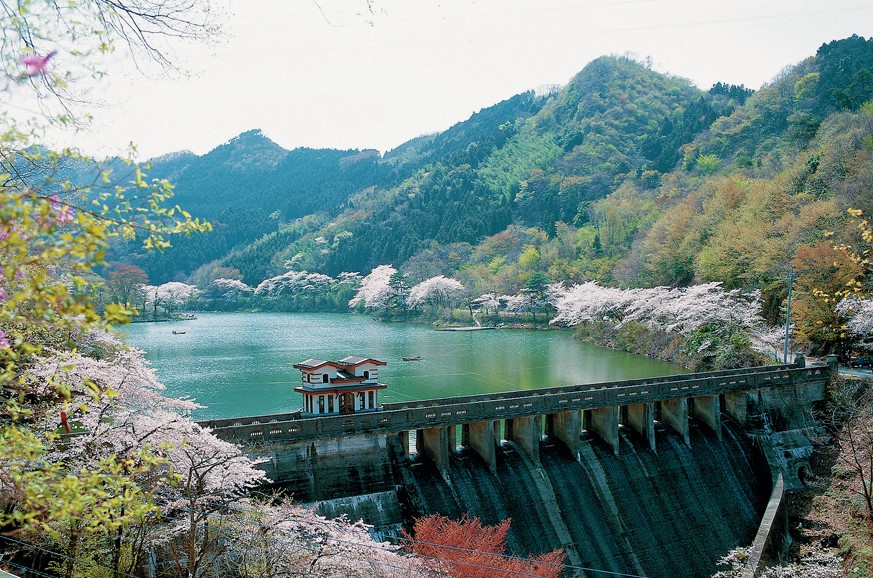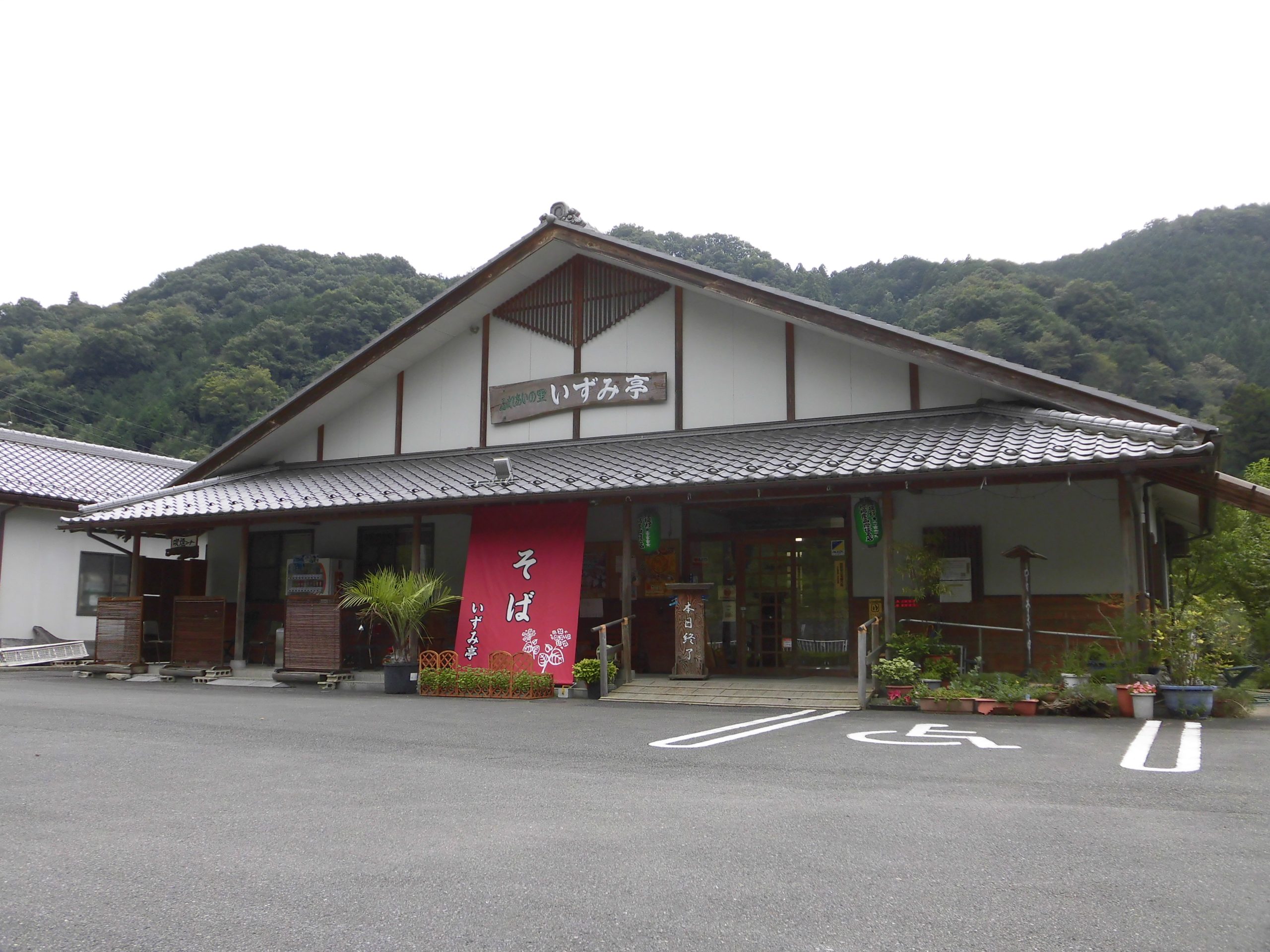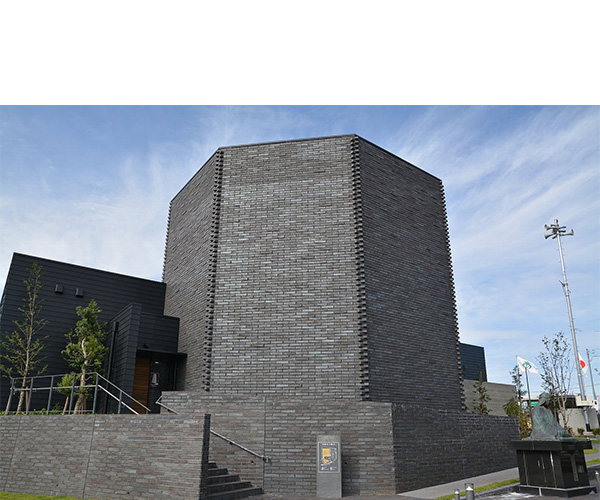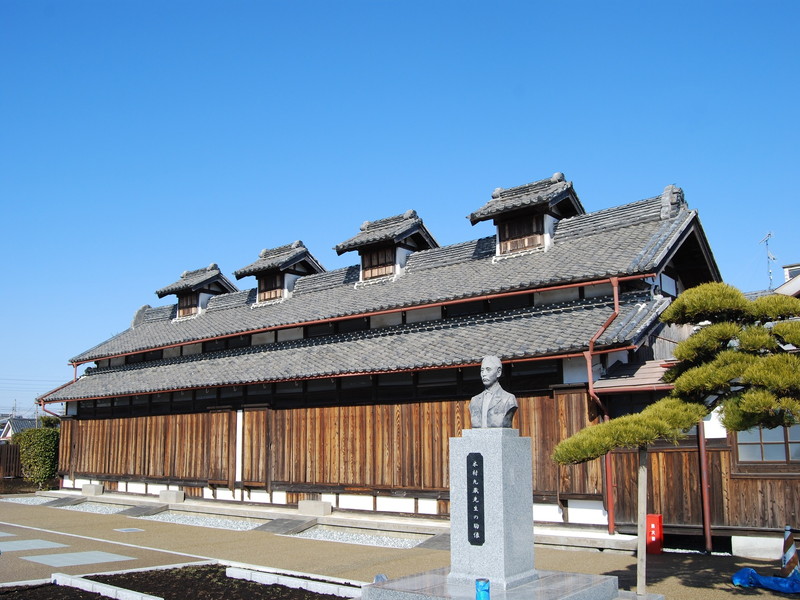Joshinin Hyakutai Kannon-do
sightseeing
Jōshinin Hyakutai Kannon-dō, commonly called “Sazaedō,” was built to mourn the victims of the great volcanic eruption of Mt. Asama in 1783. The architecture has a rare helical structure with two exterior layers and a three-layer interior spiral corridor, enabling worshippers to practice the Buddhist etiquette of walking around a corridor three times in a clockwise direction (unyosanso). The first layer enshrines the Kannon of the Chichibu Sacred Site No. 34, the second layer enshrines the Kannon of the Bando Sacred Site No. 33, and the third layer enshrines the Kannon of the Saikoku Sacred Site No. 33. The reception desk is located at the Honjo City Tourism and Agriculture Center.
Basic Information
Location
Honjō Kodamachō Kodaira 661-2
TEL
0495-72-6742
Business hours / Fee
Business hours
10:00 ~ 17:00
Regular holiday
Thursday
Fee
Visiting Fee 300 yen (Including Tax)
How to get there
Public transport
4 km from JR Hachikō Line Kodama Station (taxi 10 minutes)
Car
About 10 km from Honjo-Kodama Interchange of the Kan-Etsu Expressway (20 minutes via car)
Parking
50 spaces (free)

